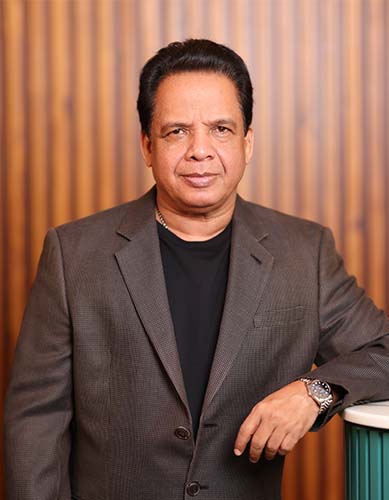
Building Smarter Networks for a Connected Tomorrow
In today’s supply chain landscape, logistics is no longer a back-end function. It is a strategic force driving national competitiveness, regional collaboration, and technological innovation. What we move, how we move it, and the ecosystems we build around that movement are now at the center of how economies grow and how industries evolve.
Regional Connectivity Is the New Currency
One of the most defining developments we have seen over the past few months, was the strategic partnership between Saudia Cargo and China Cargo Airlines, enhancing freight frequency between Riyadh and Shanghai. This is more than a bilateral agreement, it is a signal that Asia–Gulf–Europe corridors are becoming the new growth arteries of global trade. As the demand for quicker, more reliable cargo movement intensifies, airlines and logistics providers that can deliver on speed and scale will shape the future.
At the same time, Qatar’s emergence as a regional logistics powerhouse—leveraging Hamad Port and Hamad International Airport—highlights a growing trend on future forward countries are investing in integrated logistics ecosystems. These are not isolated infrastructure projects; they are strategically designed hubs that connect sea, air, road, and rail with digital systems and real-time visibility.
The potential integration of Etihad Rail with Kuwait’s transport networks is a promising step toward cross-border freight mobility. Regional connectivity is an imperative in driving growth and prosperity.
E-commerce Is Redefining Operations
The e-commerce boom continues to push boundaries. In the UAE, Amazon’s use of dark stores—warehouses designed purely for rapid online fulfilment—is a telling example of how logistics must adapt to the new definition of ‘convenience.’ It’s no longer about just delivering fast; it’s about anticipating demand, placing inventory closer to consumption points, and enabling flexible last-mile solutions.
With smarter, automated and AI-enabled warehousing, the transformation of Saudi logistics is remarkable. The Kingdom is building not just capacity, but capability—making its logistics sector more agile, data-driven, and future-ready.
Technology As a Differentiator
At CSS, we’ve always believed that the next frontier of logistics lies at the intersection of infrastructure and intelligence.
New developments like the automatic EV charging station in the US aimed specifically at logistics vehicles and the electrification of fleets reaffirm this belief. Autonomous infrastructure will redefine distribution models in the coming decade. From lowering operational costs to reducing downtime, innovations like these are turning ESG ambitions into everyday business advantages.
The Way Forward
What do these developments mean for us at CSS and for our peers across the logistics value chain?
First, we must build for resilience, not just efficiency. Whether it’s through regional partnerships, smart warehousing, or multimodal integration, we need to create supply chains that bend but don’t break.
Second, we must lead with foresight. The companies that thrive will be those that invest in long-term infrastructure while adapting to short-term demand shifts.
Finally, we must put people and partnerships at the center. Technology may power logistics, but it’s trust that fuels it. Trust in processes, in people, and in the promise to deliver.
As we step into the second half of 2025, let us move forward not just with speed—but with purpose. Let us remain learners, collaborators, and custodians of an industry that quietly powers the world.